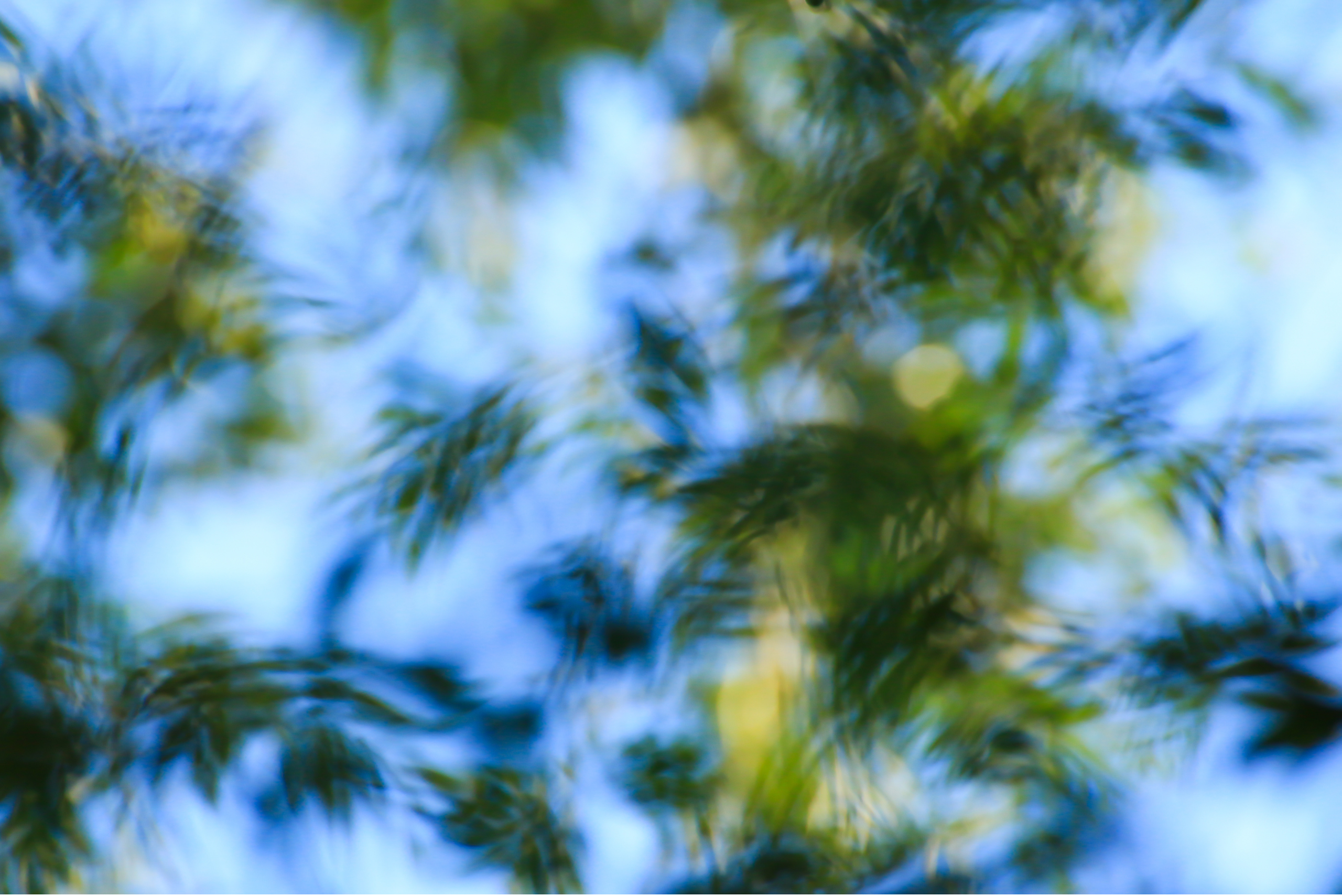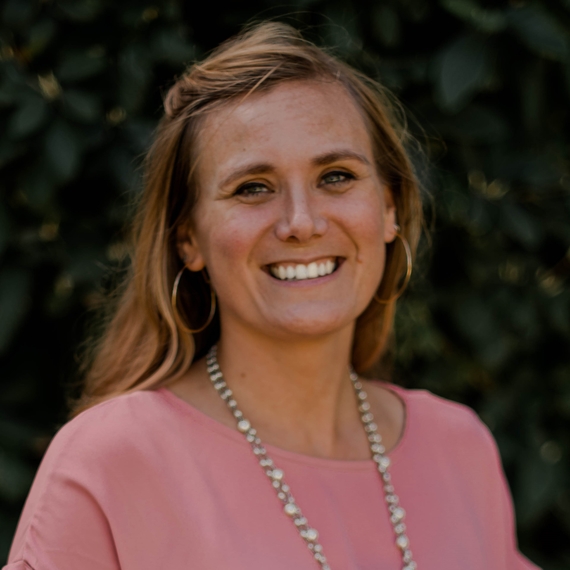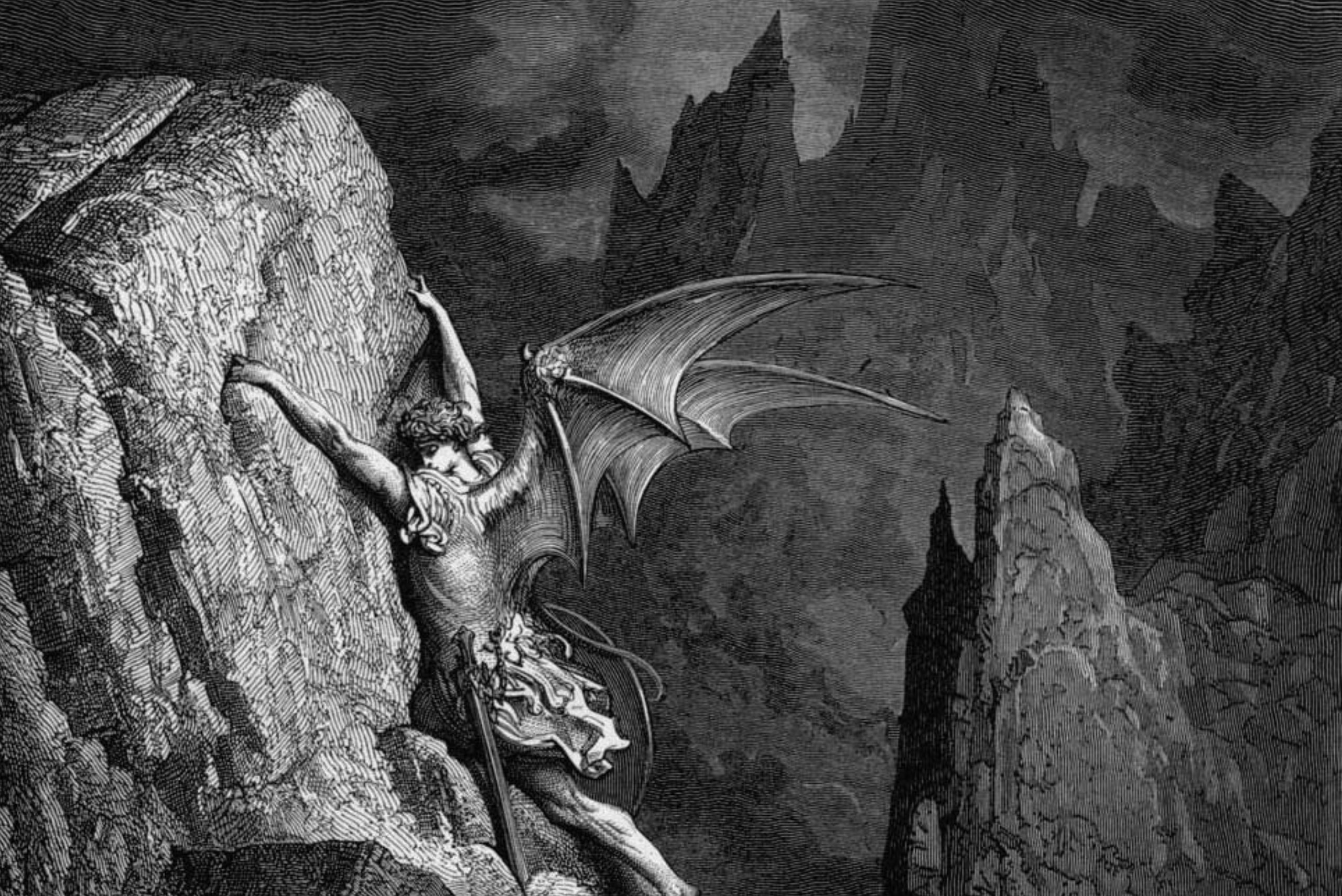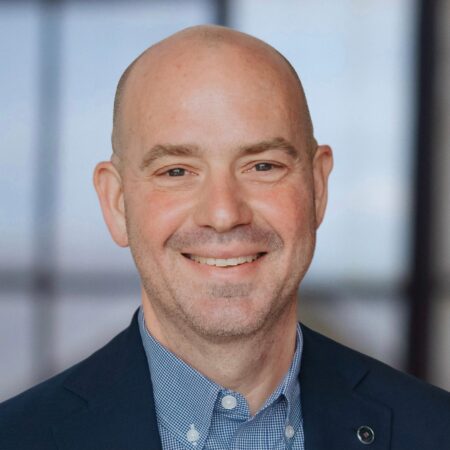This past weekend I was at a great conference put on by Mockingbird in New York City. Of all the highlights, one of the highest was a talk by Meghan O’Gieblyn called “Simone Weil and the Art of Attention.” Just the talk description is compelling.
What is the value of attention? While that might seem like a facile question at a moment of peak anxiety about digital distractions and the evils of the “attention economy,” it’s curious that attention is almost always regarded as a means to some other end (productivity, knowledge acquisition), not an end in itself. This is quite a different view from the one held by Simone Weil, the French philosopher and mystic, who argued that attention at its fullest is “the same thing as prayer.” … She insists on the radical proposition that attention is sacred — and an indelible part of what makes us human.
When I say that the Internet has played havoc with my “attention span” (and it has) what I really mean is that it has played havoc with my ability to focus—to pay attention narrowly as a way of accomplishing some goal. To focus is to filter out distractions and get down to business. That’s an important skill. But according to Simone Weil, true attention is not a function of filtering out stimuli, but of taking in as much of reality as is available to us. You might say focus requires you to squint, but attention requires you to open your eyes wide.
Simone Weil wrote, “Attention consists of suspending our thought, leaving it detached, empty and ready to be penetrated by the object.” Remember those optical illusion posters from the 90s that looked like random dots but really were 3-D pictures of dolphins? You could only only see the dolphins if you stopped squinting and softened your gaze—if you left your gaze “detached, empty, and ready to be penetrated by the object.” I never saw the dolphins. I could never stop squinting long enough for my attention to be penetrated by the object. (Having said that, I have also considered the possibility that the whole things was a hoax and there never were any dolphins.)
The above quotation from Weil comes from her 1950 essay, “Reflections on the Right Use of School Studies with a View to the Love of God.” I commend it to you. Her school-related examples apply equally well to writing:
Most often attention is confused with a kind of muscular effort. If one says to one’s pupils: “Now you must pay attention,” one sees them contracting their brows, holding their breath, stiffening their muscles. If after two minutes they are asked what they have been paying attention to, they cannot reply. They have not been paying attention. They have been contracting their muscles.
We often expend this kind of muscular effort on our studies. As it ends by making us tired, we have the impression that we have been working. That is an illusion. Tiredness has nothing to do with work. Work itself is the useful effort, whether it is tiring or not. This kind of muscular effort in work is entirely barren, even if it is made with the best of intentions. Good intentions in such cases are among those that pave the way to hell.
The problem, of course, is that writing (like studying) is work and requires some amount of squinting and contracting of the muscles. At some point you have to stop suspending thought and start thinking and figuring. Your open attention has to narrow down. Weil’s point, I think, is that we tend to narrow, to focus much too early in the process. It’s mighty tempting to decide what point I want to make, then go in search of the evidence and examples I need in order to make my point. That’s a mistake, according to Weil:
All wrong translations, all absurdities in geometry problems, all clumsiness of style and all faulty connection of ideas in compositions and essays, all such things are due to the fact that thought has seized upon some idea too hastily and being thus prematurely blocked, is not open to the truth. The cause is always that we have wanted to be too active; we have wanted to carry out a search…We do not obtain the most precious gifts by going in search for them but by waiting for them.
A little further down, Weil writes, “In every school exercise there is a special way of waiting upon truth, setting our hearts upon it, yet not allowing ourselves to go out in search of it.” How do you do that? How do you set your heart on a thing but not go in search of it?
Courtney Ellis, my guest on this week’s episode of The Habit Podcast, is a bird-watcher. She has has some helpful insight. A birder sets her heart on a phoebe or a woodcock or a grebe, but she actually has no control over what birds she will get to see. Birds go where they want to go. The birder, however, can show up with her binoculars. Ellis quotes Archbishop Rowan Williams: “The experienced bird watcher, sitting still, poised, alert, not tense or fussy, knows that this is the kind of place where something extraordinary suddenly bursts into view.” Ellis adds, “Unlike a book I can pull down from my shelf whenever I please, each bird that enters my gaze is here for a finite length of time, unpredictable and fleeting, a transient gift of delight. To bird is to learn how to wait in stillness. To bird is to learn to see.” Or, to use Simone Weil’s language, to bird is to be attentive.
I’d love to hear your ideas: what are some ways you put yourself in a place to receive goodness, truth, and beauty…and how is that different from going out on a search? (Or maybe it’s not different.)









Jameson
Many times I will catch myself getting caught in this loop of trying to be attentive and ending up squinting my eyes and narrowing my focus until my ADHD finally gives way. I had never thought of this before, but it’s sort of like sitting there and holding a dumbbell until your bicep finally tears or you just drop the dumbbell. How much good is that going to do me? I can’t train anymore until that heals. On another notes, I find that when I do my scripture study looking for a particular principle, my experience is much more rich. That doesn’t mean I found what I was looking for, but my focus drove my attention to see things that I would not have seen otherwise. This was a brilliant post, thank you. You gained a new listener.